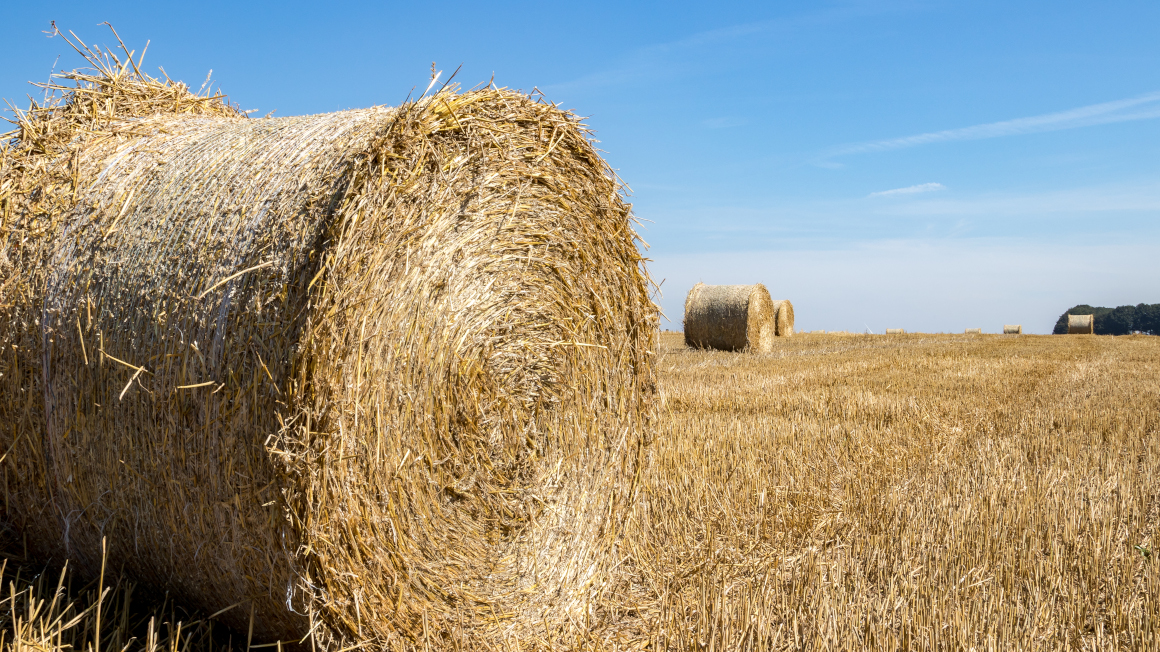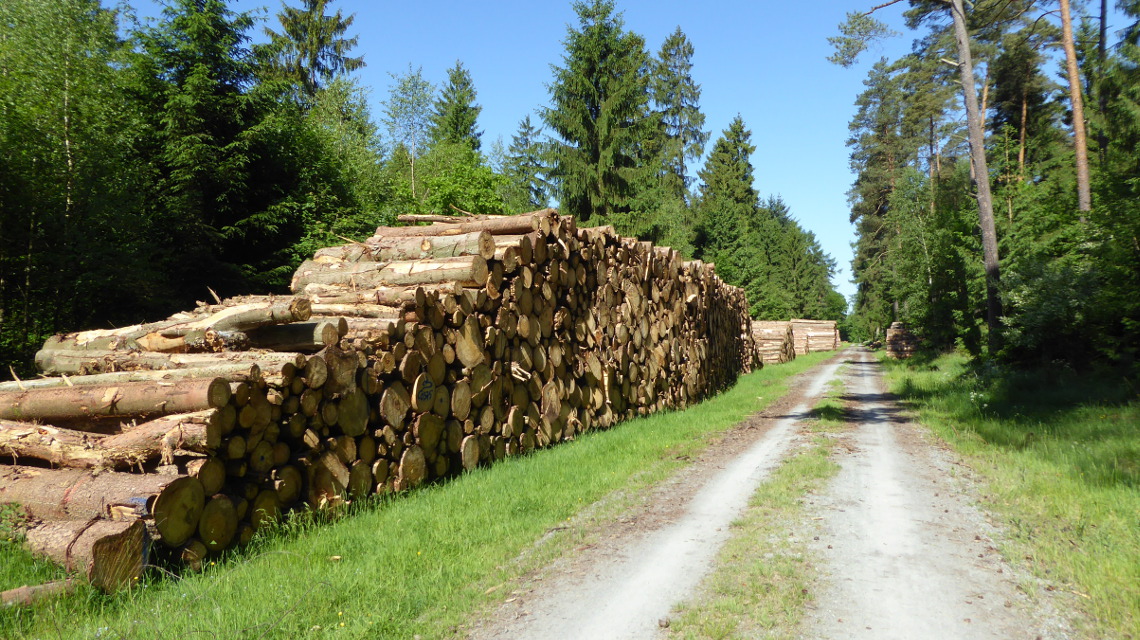From wheat straw to textile fiber
Researchers in Hamburg want to tap new sources of raw materials - straw, to be precise - in order to obtain cellulose fibers for the textile industry.

The textile industry's interest in sustainable materials is growing. In particular, this revolves around alternatives to cotton, but also around replacing petroleum-based synthetic fabrics. Expanding the raw material base for textile fibers is the goal of a new research project. As part of the CRF-Sraw project, researchers at the University of Hamburg, together with fiber expert J. Rettenmaier & Söhne, now want to make agricultural residues usable for fiber production.
Obtaining pulp from wheat straw
The focus is on obtaining high-purity pulp from wheat straw. Until now, cellulose-containing textile fibers such as viscose or lyocell have consisted almost exclusively of pulp obtained from wood. But the more people live on earth, the greater the demand for textile fibers and thus for cellulose fibers. Wood is no longer sufficient as a source of cellulose, especially since trees only grow back very slowly and wood is also an important source of raw materials for other industries. Wheat straw, on the other hand, is available in large quantities. According to the German Biomass Research Center (DBFZ), between 4 and 9 million tons of straw remain unused in this country every year. The pulp yield from one kilogram of straw is about 40%.
Making CRF production useful for industry
Preliminary studies have already shown that the lyocell process can be used to obtain high-purity cellulose from wheat straw. Now the team wants to optimize this process to such an extent that the production of so-called cellulosic regenerated fibers (CRF) also works on an industrial scale.
Low energy and chemical consumption
The use of agricultural residues such as cereal straw for fiber production would have several advantages at once: Faster plant growth and lower energy and chemical consumption for fiber digestion can increase pulp production quickly and with less effort. The team believes this creates added value for farmers, improves the supply of raw materials to the textile industry and makes textile production more environmentally friendly.
It is not only wheat straw, however, that can serve as a novel source of cellulose. Other agricultural residues such as grass, hay, hemp or flax could also expand the range of sustainable textile fibers in the future. The CRF-Sraw project runs until the end of 2024 and is funded by the German Federal Ministry of Food and Agriculture.
bb


